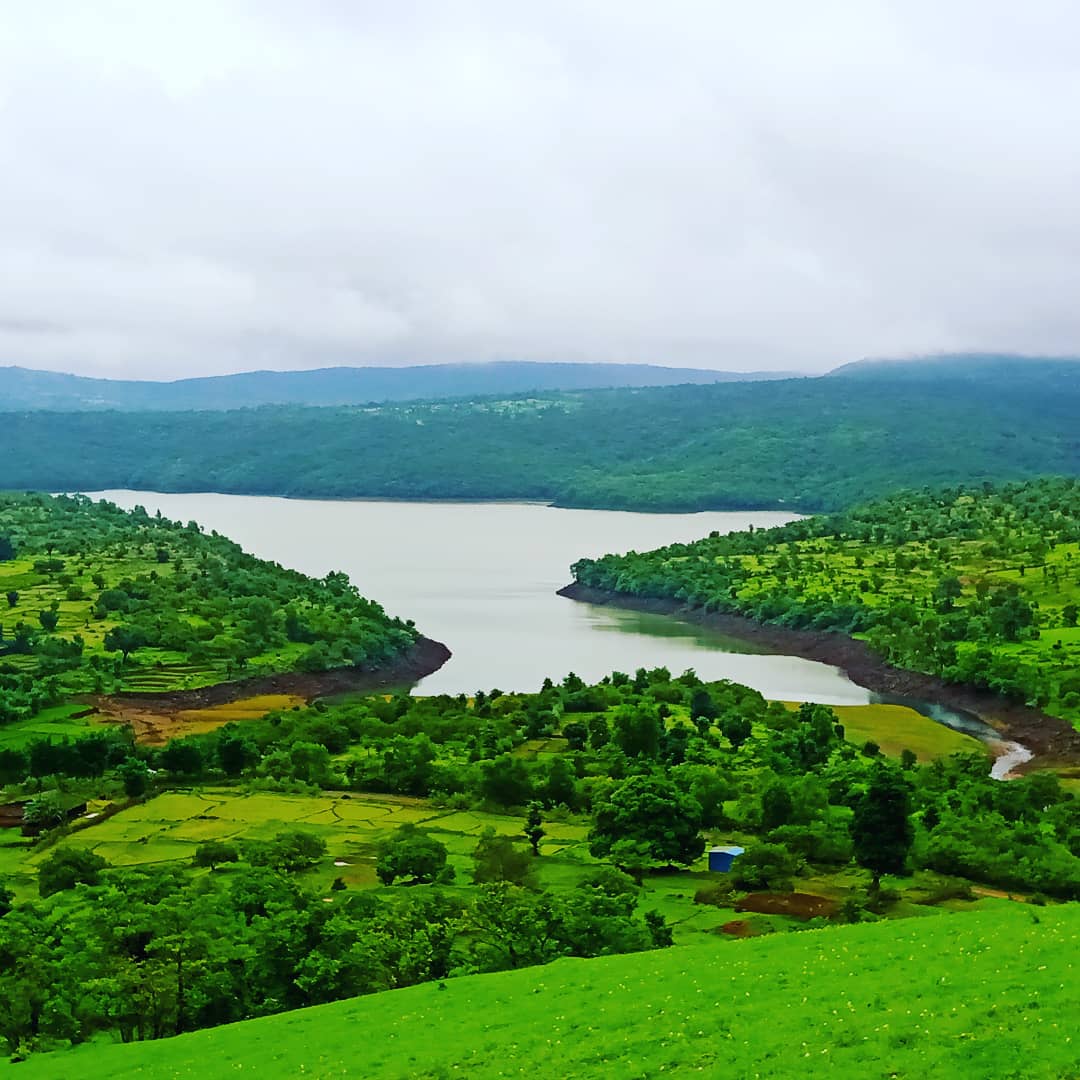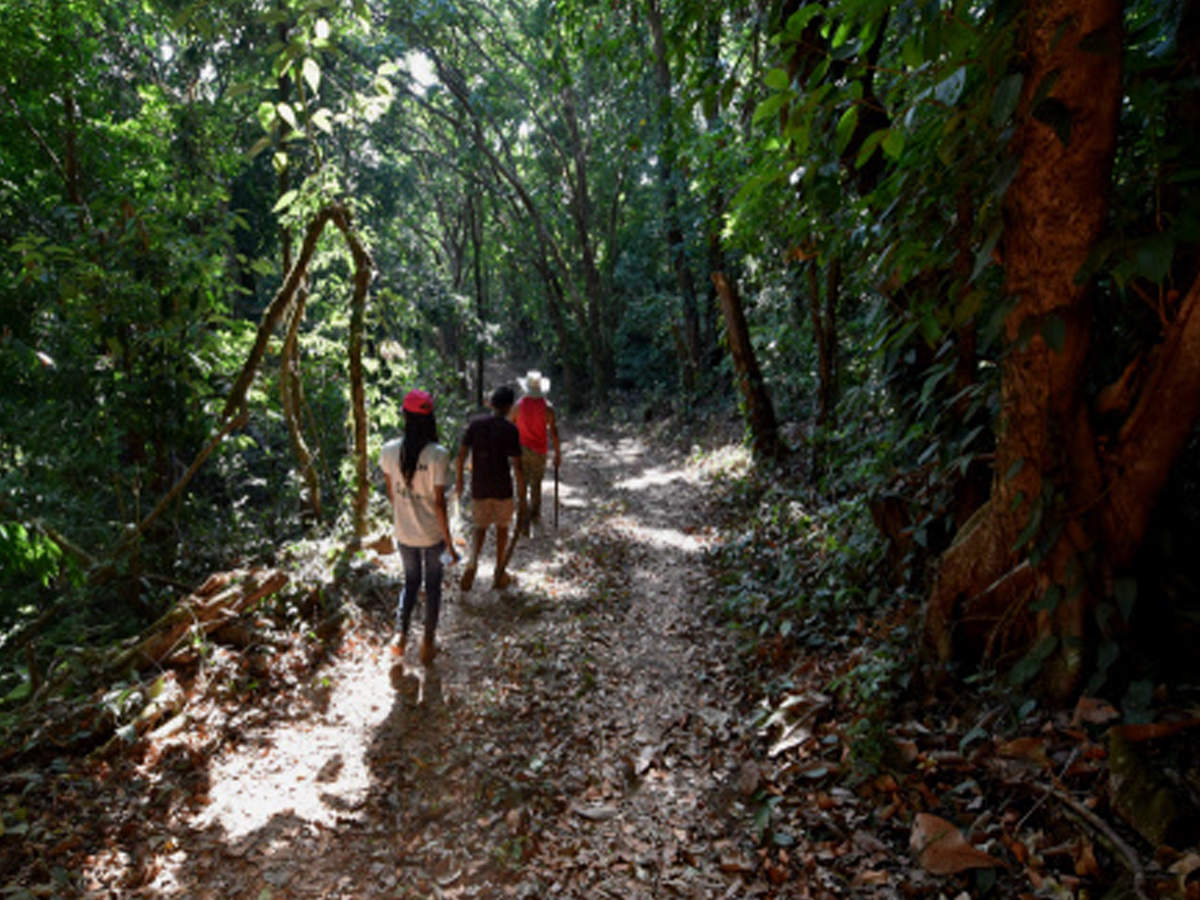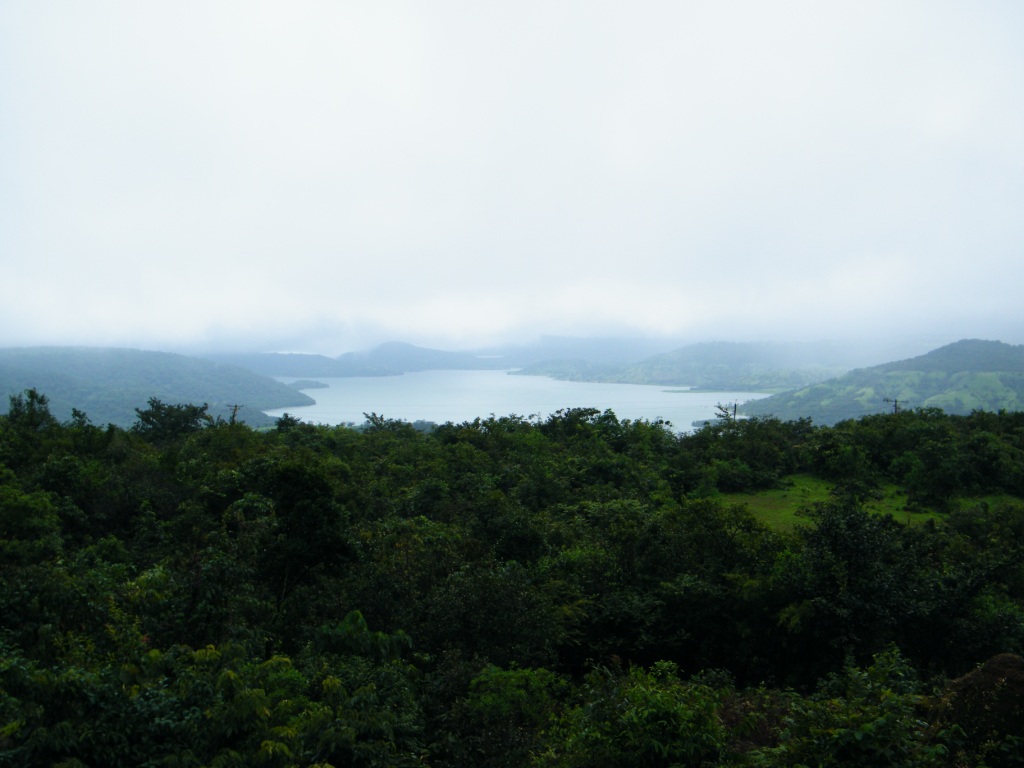Major Features
Flora
Radhanagari Wildlife Sanctuary contains tropical evergreen forests
typical of the northern Western Ghats. 425 species of plants have been
recorded in the sanctuary. The main species found over here are
Anjani, Jambul, Hirda, Awala, Pisa, Ain, Kinjal, Amba, Kumbha, Bhoma,
Chandala, Katak, Nana, Umbar, Jambha, Gela, Bibba and banana. Karvi is
found over almost the entire area. Climbing plants such as shikekai
and garambi are common. Shrub species and medicinal plants such as
karvand, vagati (candy corn plant), ranmiri (orange climber),
Tamalpatra Cinnamomum tamala, (toran), dhayati (fire-flame bush),
kadipatta (curry tree), narkya, murudsheng (Indian screw-fruit) and a
small amount of bamboo are also found. Large numbers of ephemeral
bulbs of seasonal plants are also found here. Many sacred groves or
devrais have been protected as a result of the efforts of the local
communities
fauna
Sanctuary contains 47 species of Mammals, 59 species of reptiles, 264
species of birds and 66 species of butterflies. Amphibians are most
visible in the rainy season. 20 species from 2 orders, 5 families and
10 genera are listed in the sanctuary. Indian bison or gaur have a
population around 610 in 2004, is the flagship species of the area.
Other mammals, living in the sanctuary are Indian leopard (5), sloth
bear, wild boar (80), barking deer (140), mouse deer (80), sambar
(120), giant squirrel 50) and wild dogs (70). In recent years, 6 to 12
tigers were reported in Dajipur forest 2007-08. (anonymous reports-
not yet confirmed)
Birds seen here include: vultures, eagles, jungle fowl, quails,
plovers, sandpipers, owlets, doves, owls, nightjars, kingfishers,
bee-eater, hornbills, woodpeckers, bulbul, flycatchers, warblers,
wagtails, sunbirds are commonly seen. This sanctuary is designated as
an Important Bird Area by BirdLife International and is home to the
rare and globally threatened Nilgiri wood-pigeon (Columba
elphinstonii). Other species found here include the Ceylon frogmouth,
yellow-browed bulbul, dusky eagle-owl and great pied hornbill and one
of India's most admired songbirds, the Malabar whistlingthrush. Two
species endemic to the Western Ghats: the small sunbird and the
Malabar grey hornbill have been sighted here. This sanctuary is a
favorite nesting place for the speckled piculet, Malabar crested lark,
and some species of Himalayan birds such as the Indian blue robin
during the winter months.















